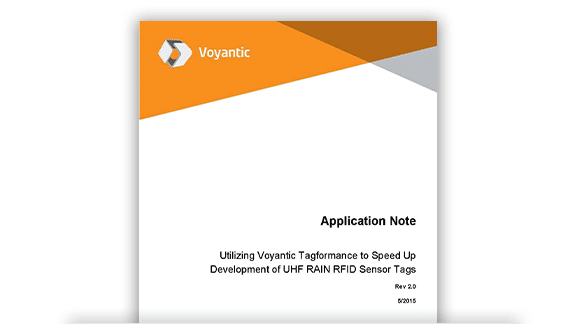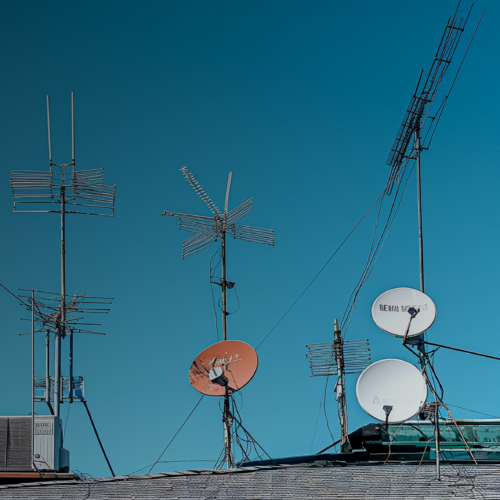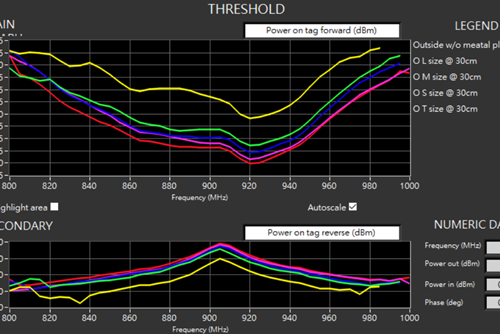One of the hot topics at this year’s RFID Journal Live! trade show in San Diego was passive RFID sensing. The show featured several new sensor products from companies like RF Micron, Smartrac, Phase IV Engineering, Farsens, and many others. But what is passive RFID sensing all about? And should you already be working with it?
The rise of passive sensing has been noticed by other people as well. Mark Roberti, the founder and editor of RFID Journal, gave special mention to some of these solutions in his article.
As a matter of fact, four out of the ten Best New Product nominees at the show were related to passive RFID sensing.
In addition to the announced new products, there seemed to be a lot more bubbling under. I had numerous discussions at the show with companies that were at least looking into adding passive sensing into their product portfolio.
Passive RFID Sensing Is Nothing New to the Academic Community
I have been following RFID related research for almost 15 years, first as a researcher myself, lately more through the work of Voyantic’s academic customers. I have also been a member of the technical program committee for the IEEE International Conference on RFID since 2009, which has had me read dozens of scientific papers in the field. Passive sensing seemed to come up more in scientific papers about five years ago. Among localization and energy harvesting, it was one of the topics that I was expecting to transition to the industry at some point.

Typical academic sensor concepts are based on measuring an environmental parameter through changes in an electrical property of a passive RFID tag. I have seen numerous papers on sensing.
- atmospheric variables such as temperature and pressure
- mechanical variables such as strain and dislocation
- chemical parameters such as the presence of different gases and corrosion
- even the fullness of a beer glass.
However, academic research usually goes only as far as is needed to prove the concept. And that is where all the hard work should start, including proving the ROI of the sensing solution, creating reliable calibration methodology, and manufacturing the sensors cost-effectively.
The sensing solutions that we saw at the RFID Journal Live! are somewhat different from the earlier academic research. In nearly all solutions, the sensor data is read with a regular RFID reader from the memory of the tag IC. The data may be logged into the tag memory with the help of an on-tag battery, or it could be updated at the time of reading the tag.
What Does RFID Sensing Mean for RFID Technology Providers?
For a tag manufacturer, sensor tags present an exciting opportunity to generate value-added products. Sensor tags are more complicated than the most uncomplicated labels, which could allow higher margins. Also, they could allow differentiation from the high-volume, low-cost retail label business. So it is no surprise that a lot of tag manufacturers are looking into the technology.
Passive sensor tags also present some specific design challenges. Of course, sensor tags have to react to the particular environmental parameters in a predictable manner. In addition, the tags should remain readable no matter what the conditions.
Tag design verification should include simultaneous sensor functionality testing and performance testing.
The same holds for manufacturing the tags. Instead of a simple pass/fail testing, sensor tags require testing for functionality and performance. Besides, the sensors may need to be calibrated at the time of manufacture.

So How to Move Forward?
To conclude, the technology for passive sensing is out there. It may not be perfect, but it should be good enough for successful applications. But I guess working in a technology startup for so many years has made me a little cynical towards technology platforms.
Whichever technology is used, it is really up to bringing value to the end solution.
The key drivers in the possible advancement of passive sensing are application developers that are familiar with a specific industry and their problems.
Are you interested in this topic? Download our application note below!

Learn How to Design Passive Sensor Tag
Download our application note “Utilizing Voyantic Tagformance to Speed Up Development of UHF RAIN RFID Sensor Tags” to learn how to design passive sensor tags!


